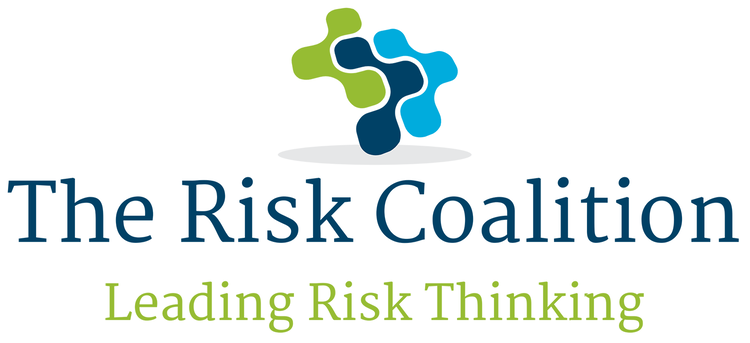Up until the global financial crisis, many financial services internal audit teams tended to give risk teams an easy time. This often reflected the need to maintain a close working relationship, with a view to delivering a more efficient, integrated assurance approach. Additionally, many audit teams felt they didn't have sufficient depth in credit, market or actuarial skills to effectively challenge the risk teams and their frameworks.
Then the world changed... and internal audit blinked and carried on. The regulators were mainly focused on markets, executives, boards, traders and compliance officers. So, they gave internal auditors an easy ride... until 2013. And then the Financial Services Code rattled internal audit's cage and their world changed; and most would agree the bar has been raised significantly since then.
The launch of the Risk Coalition’s guidance in December 2019 will hopefully do something similar for risk teams. It has the backing of a wide range of professional bodies (the Chartered Institute of Internal Auditors amongst them) and even the regulators have welcomed the initiative. And one major benefit for internal audit is it finally gives us a clearer and maybe even a model framework to audit risk against.
Many CROs and their risk teams are likely to perform some form of gap analysis in the first 18 months and those reports are potentially gold dust for Chief Internal Auditors looking to give an opinion on the effectiveness of risk teams. Further, the current Covid-19 world can give auditors some time to study the guidance in more depth and look at how some quick wins can be achieved.
It is also likely to get on to the agenda of board risk committees, as well as the range of internal risk committees which regularly form part of a typical financial services governance structure. This rich seam of valuable guidance will also give internal audit some clearer direction and insight as to how to take better account of the work that risk teams are performing. The Risk Coalition have even developed their own Gap Analysis and Benchmarking Insights service (GABI), to help audit teams and risk functions undertake an assessment against the guidance.
But a word to the wise; this is not a tick box exercise. There is real value in thinking through how the major elements of the guidance can be applied to your firm. Proportionality is important, as is objectivity. Internal auditors tend to apply greater levels of objectivity when it comes to risk assessment. They can do the same here and will be able to add a valuable level of insight to the application of the risk guidance.
David Alexander - Managing Director, Daart Solutions

